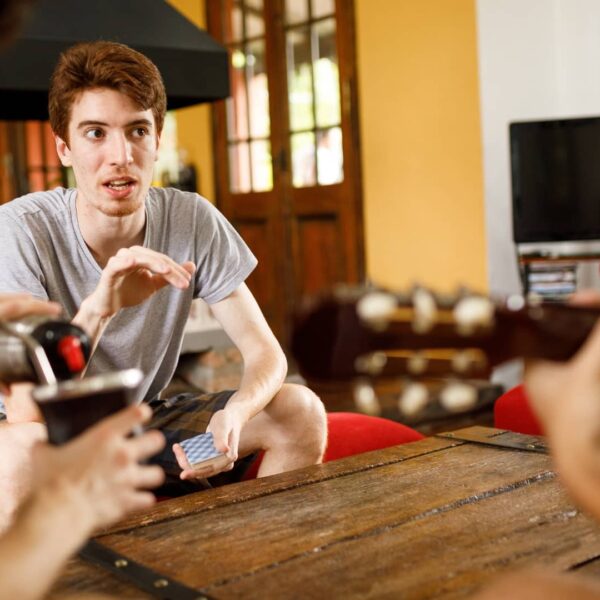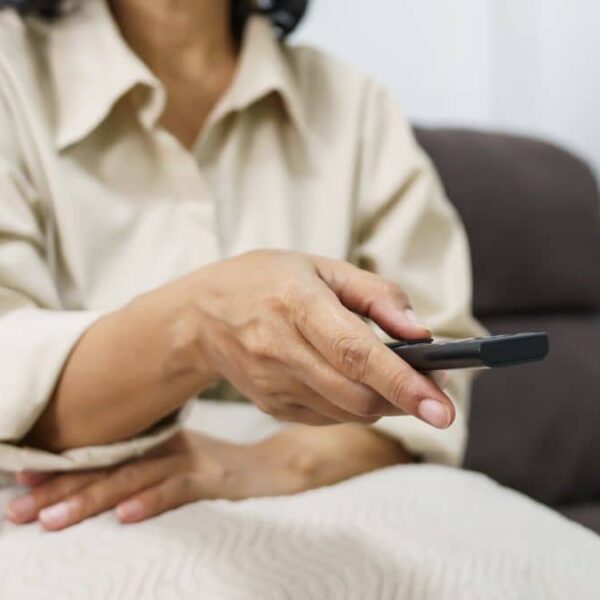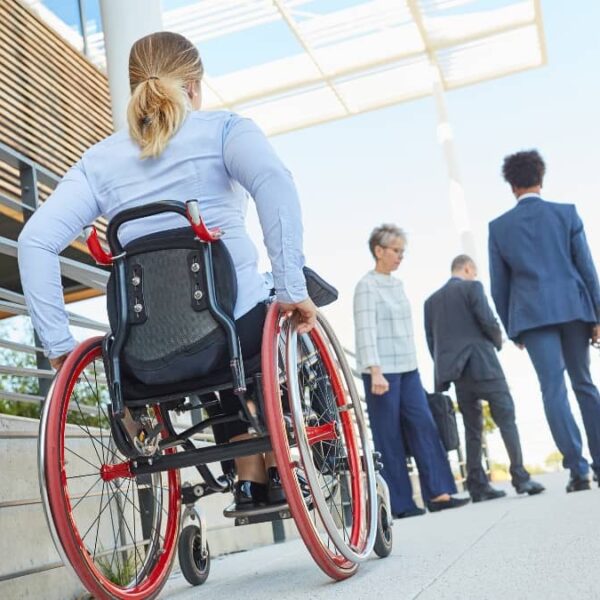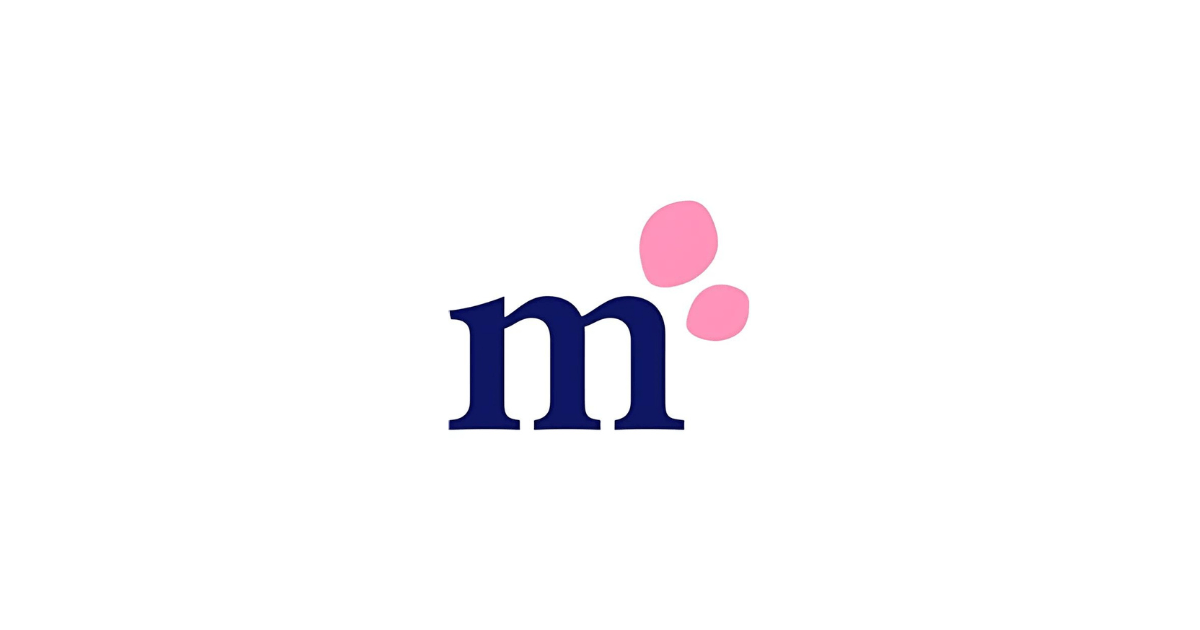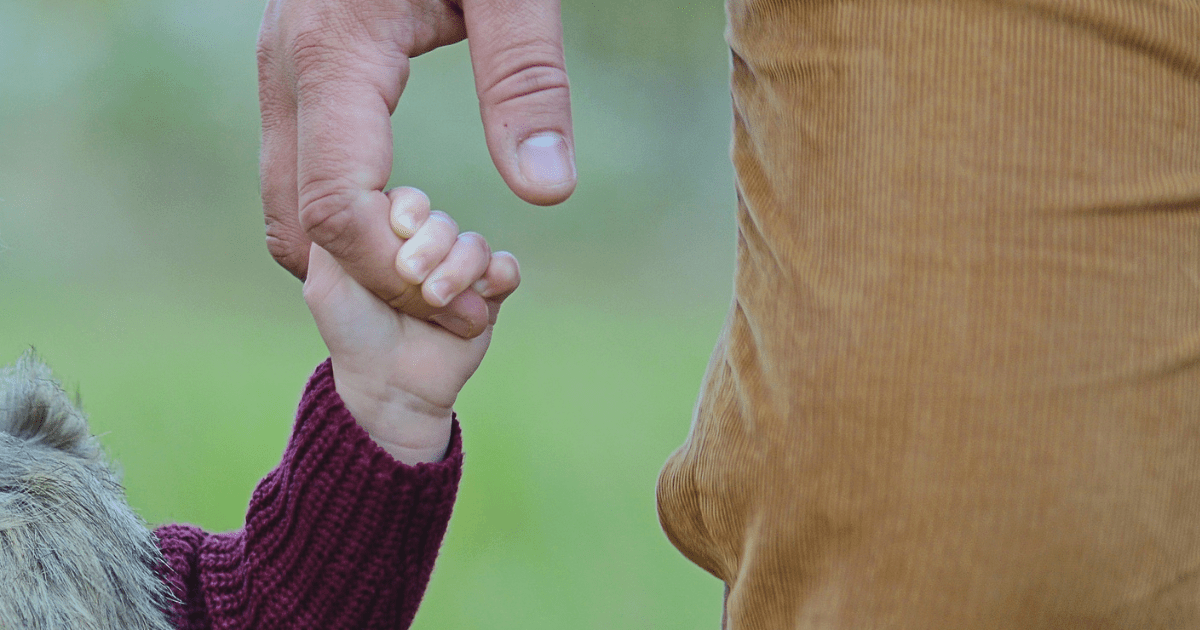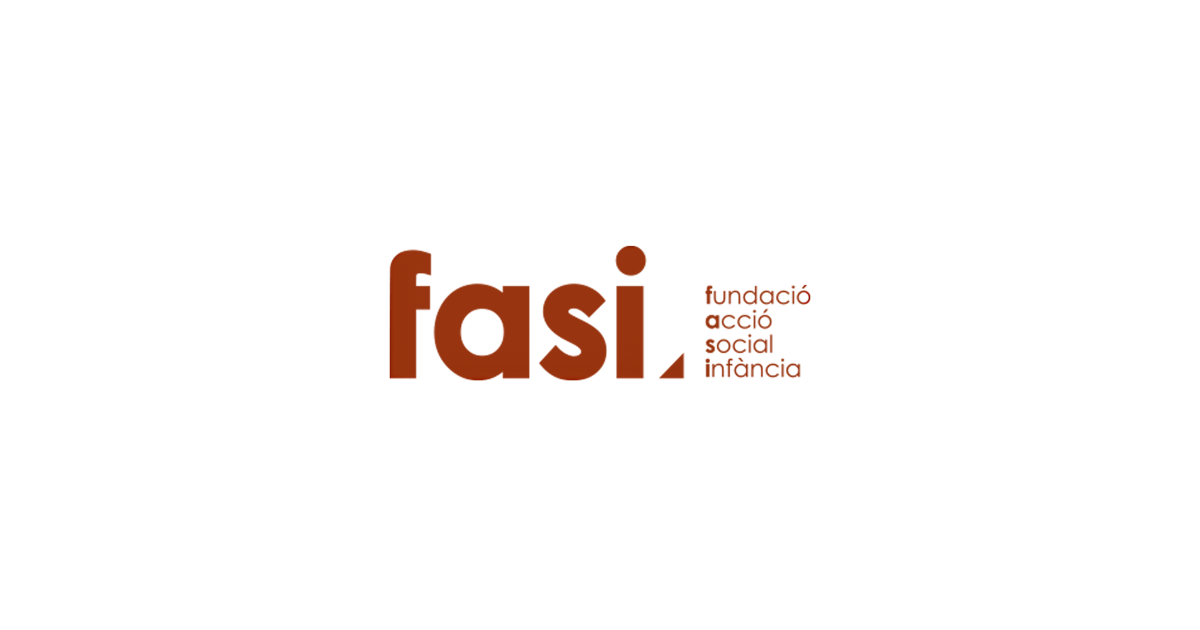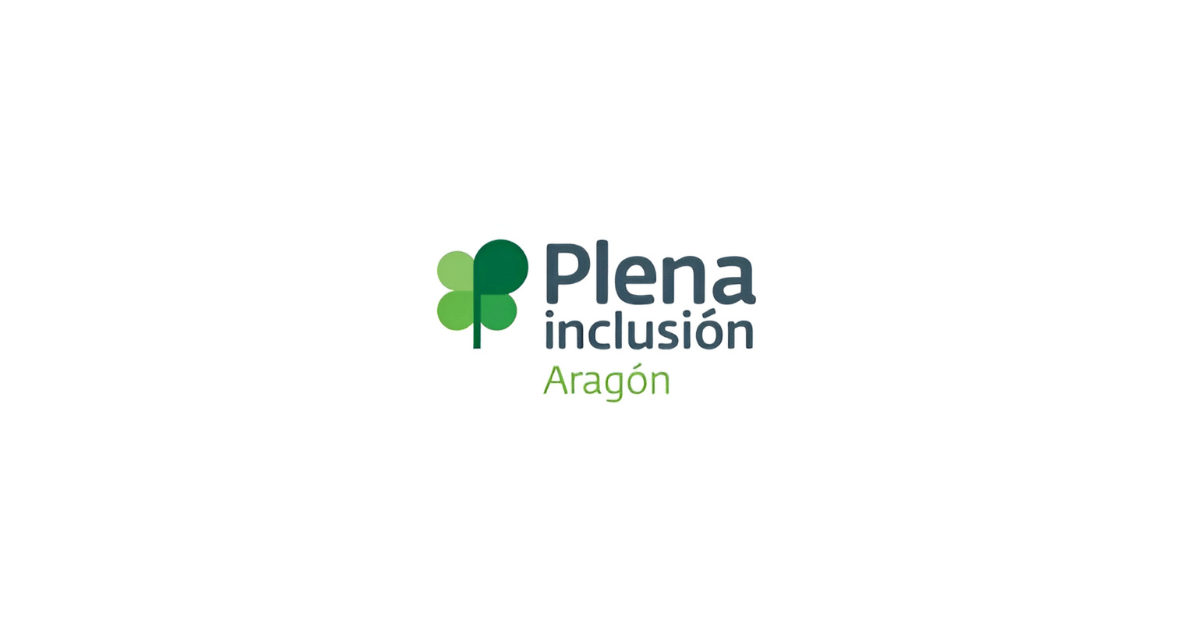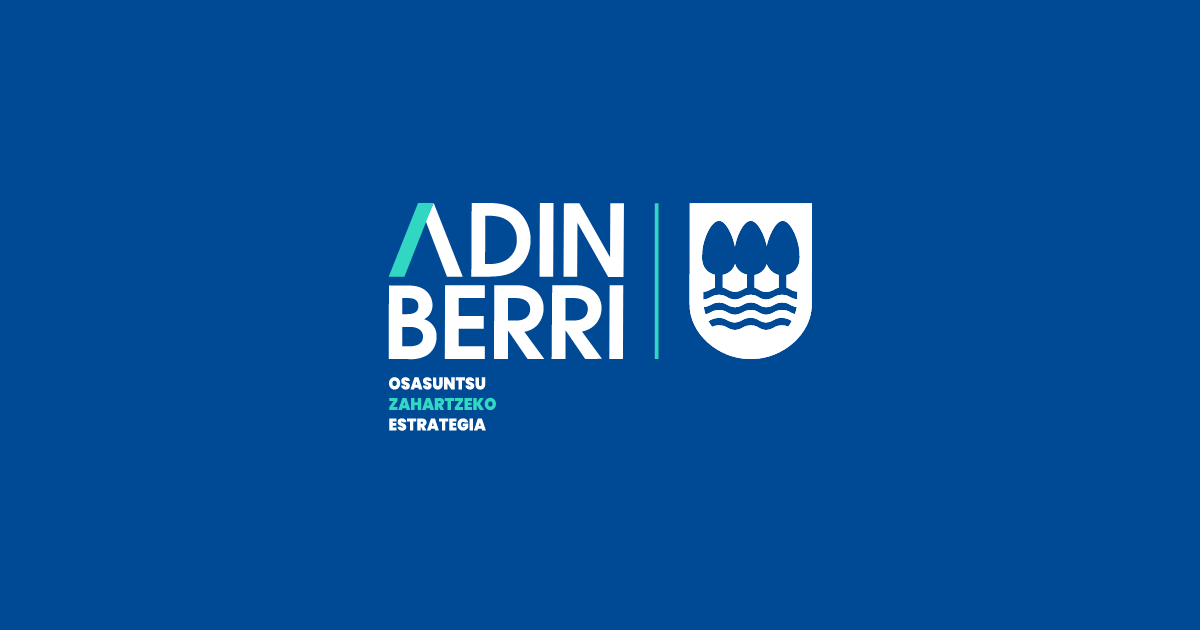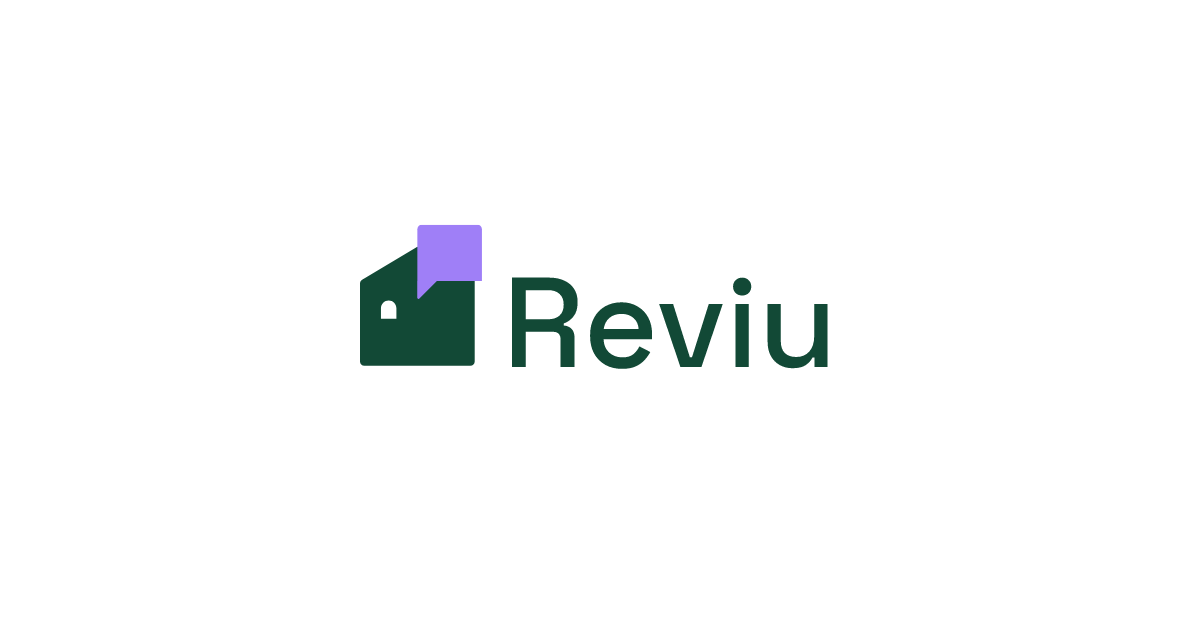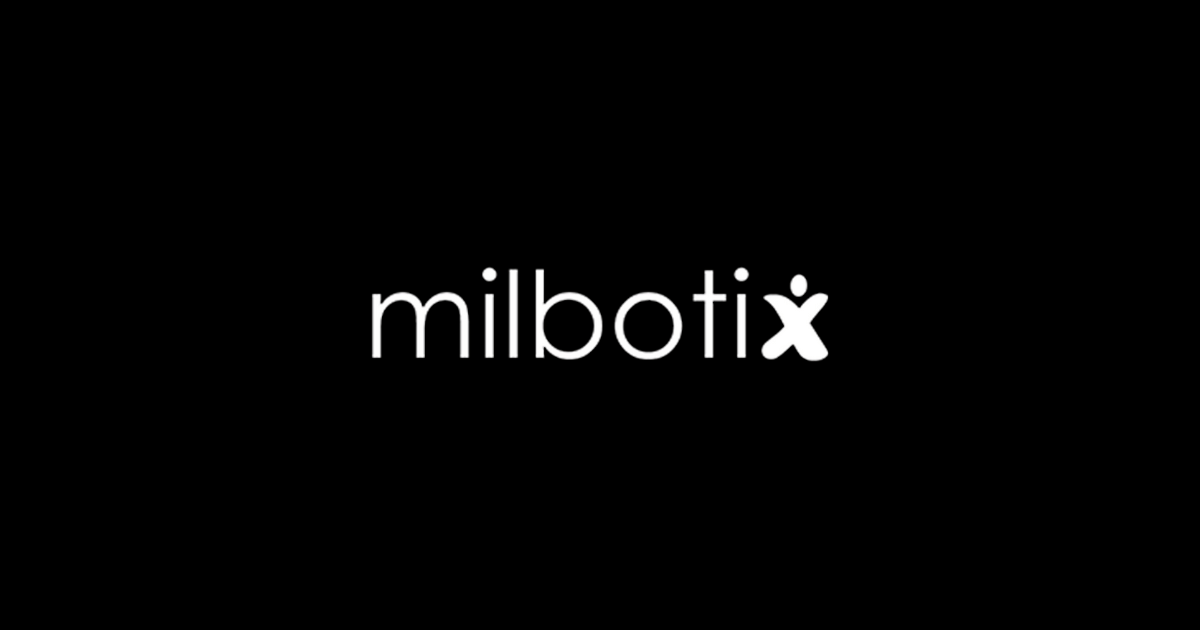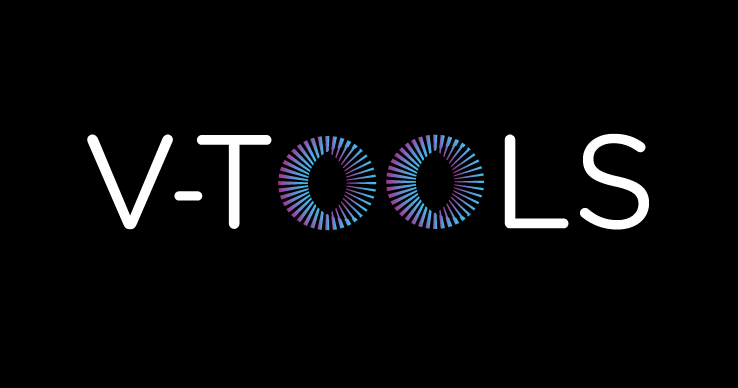Soy yo literal, a Digital Platform for Youth Mental Health
Soy yo literal, a Digital Platform for Youth Mental Health
Fundació Joia

A digital platform promoting mental health among young people
Soy yo literal is a digital platform focused on mental health content for young people, designed to provide information, support, and guidance.
The project is active on Instagram, TikTok, and Telegram, offering informative posts on topics like toxic relationships, bullying, addiction, and feelings of emptiness. The content is crafted from a perspective that is uncensored, non-judgmental, responsible, and respectful. Additionally, Soy yo literal provides information and advice for those supporting others through difficult situations.
The platform also offers assistance to those in need of help, including two free sessions, available either online or in person, with a professional prevention team, as well as comprehensive psychological services.
Characteristics of innovation
Location
Catalonia
Partners / Funders
Genesis
Soy yo literal was created by the Joia Foundation, a member organization of iSocial, with over 40 years of experience in the field of mental health. The foundation runs programs and services that support social inclusion, leisure, and training for individuals at risk of social exclusion due to mental health challenges.
Implementation Level
On October 21, 2023, the first Soy yo literal Fest was held under the theme “Mental Health Without Censorship.” The event took place at Nau Bostik in Barcelona and featured performances by Catalan rapper Santa Salut and a live recording of the podcast Gent de Merda, among other activities.
According to the latest annual data, Joia Foundation has served 2,794 people through its services.

Banc d’innovacions

